Publications we loved, and the big news stories from the last month in photobooks – featuring work by Peng Ke, Tom Wood, Paul Reas, Vivian Maier and the post-war PROVOKE group
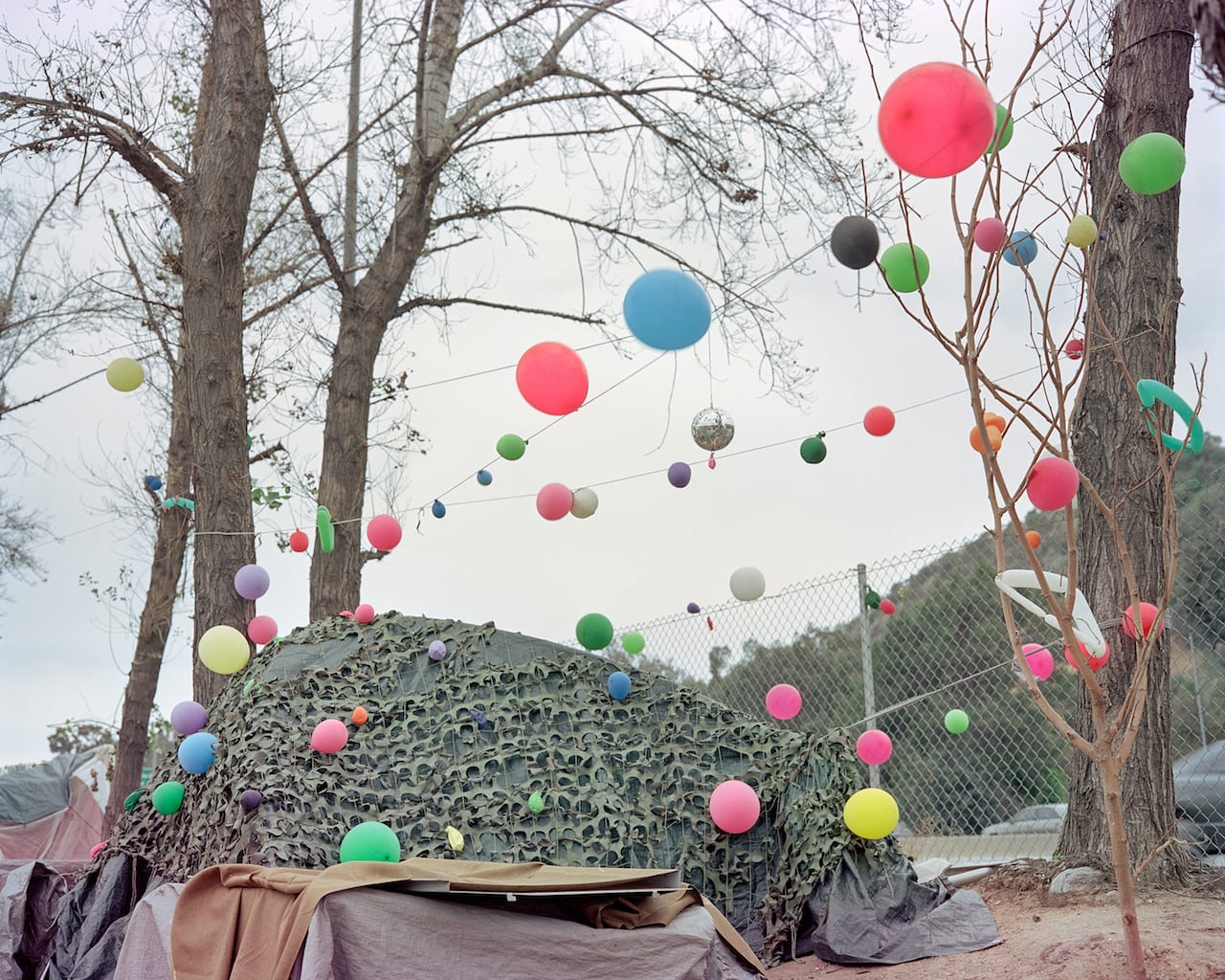

Publications we loved, and the big news stories from the last month in photobooks – featuring work by Peng Ke, Tom Wood, Paul Reas, Vivian Maier and the post-war PROVOKE group
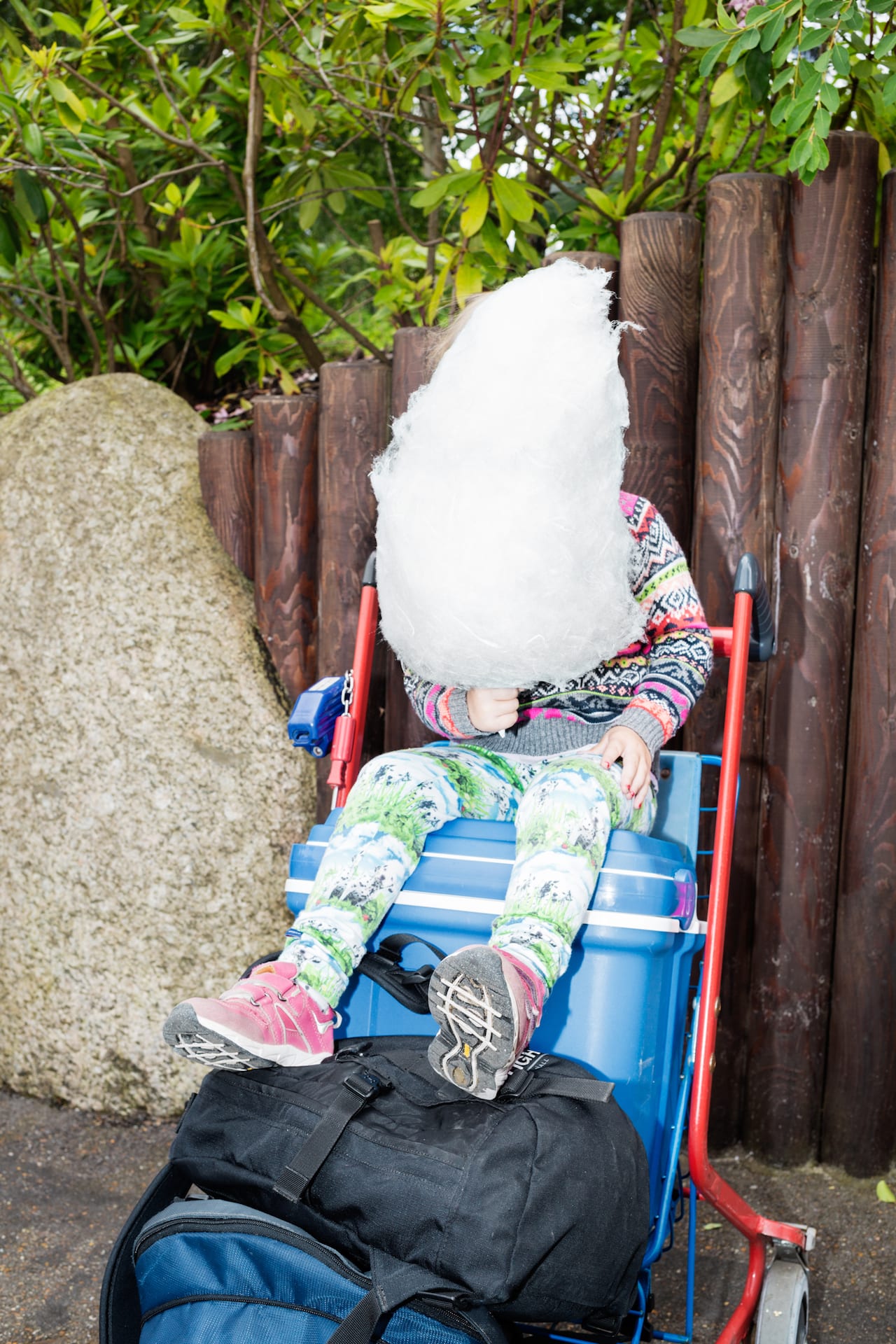
In the yearly World Happiness Report, Denmark, along with its Nordic neighbours, continuously ranks in the top three spots. But what is it about the Danes that makes them so happy? “After three years, I still don’t really have an answer,” says Giulia Mangione, whose new book, Halfway Mountain, seeks to uncover this very question. Mangione started the project in 2014, as part of a photography course she was taking in at the prestigious Danish School of Media and Journalism. Her experience as assistant photo editor at Calvert Journal and interning at MACK Books had helped her “develop a taste for documentary photography” and photobooks, she says, and, after showing a dummy of her project to Corinne Noordenbos – a celebrated educator and former tutor of contemporary photographers such as Rob Hornstra and Viviane Sassen – she decided to expand on it.
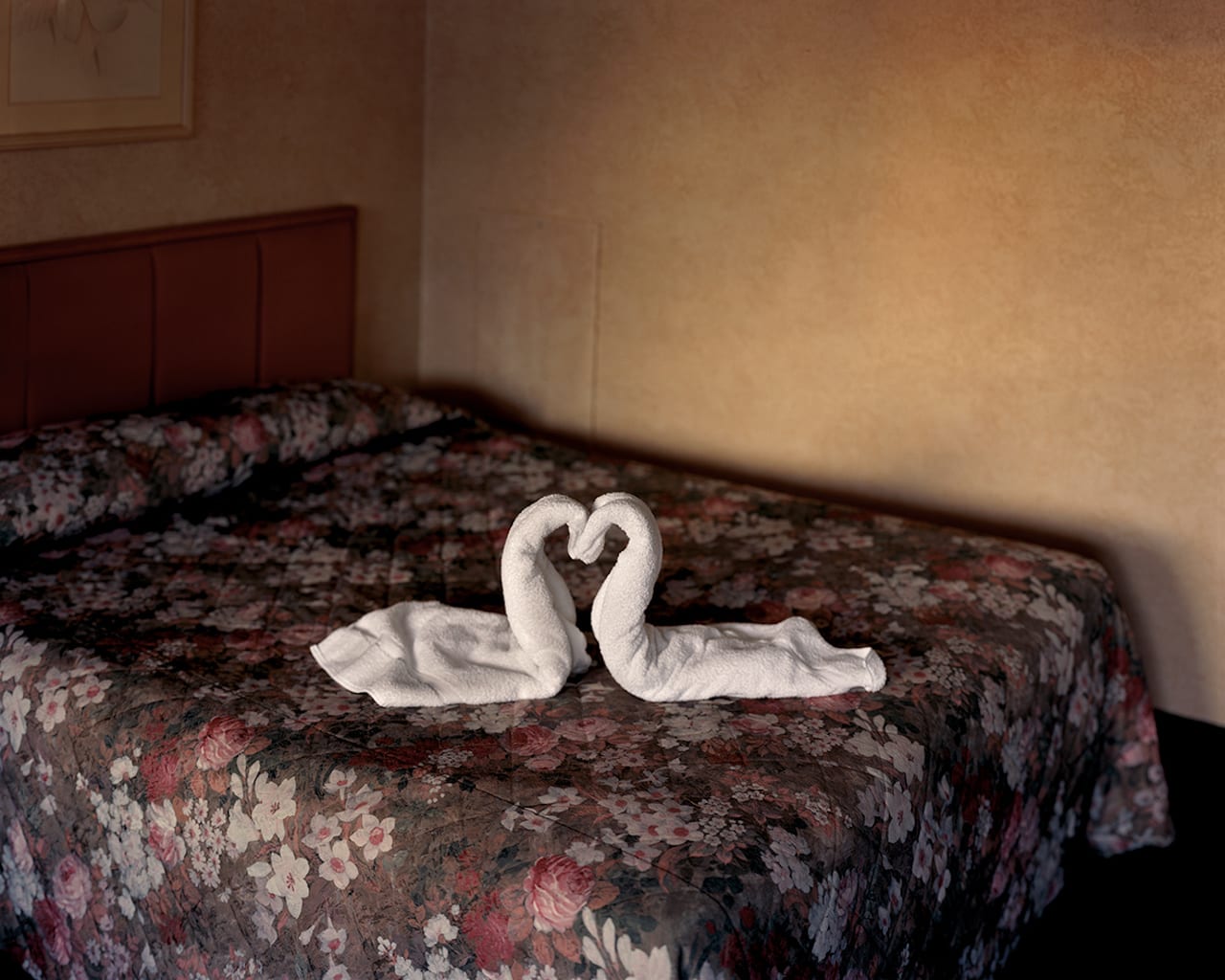
Alec Soth’s first book, Sleeping in the Mississippi, was so sweeping in its epic statements, it seemed that Soth had nothing left to photograph. What could he do next? The answer is Niagara, a portrayal of the town that has traditionally been the romance capital of North America. In Niagara, Soth sets out to capture the grand passion of life, to do for love and marriage what Sleeping in the Mississippi does for the American Midwest.
“Niagara is part of American mythology. It’s a place of romance, where people go to get married,” says Soth. “But when I got there my view of the place totally changed. The American side is economically devastated. It’s bleak.” As Mack Books republishes Alec Soth’s classic book, BJP revisits our review first published in 2006
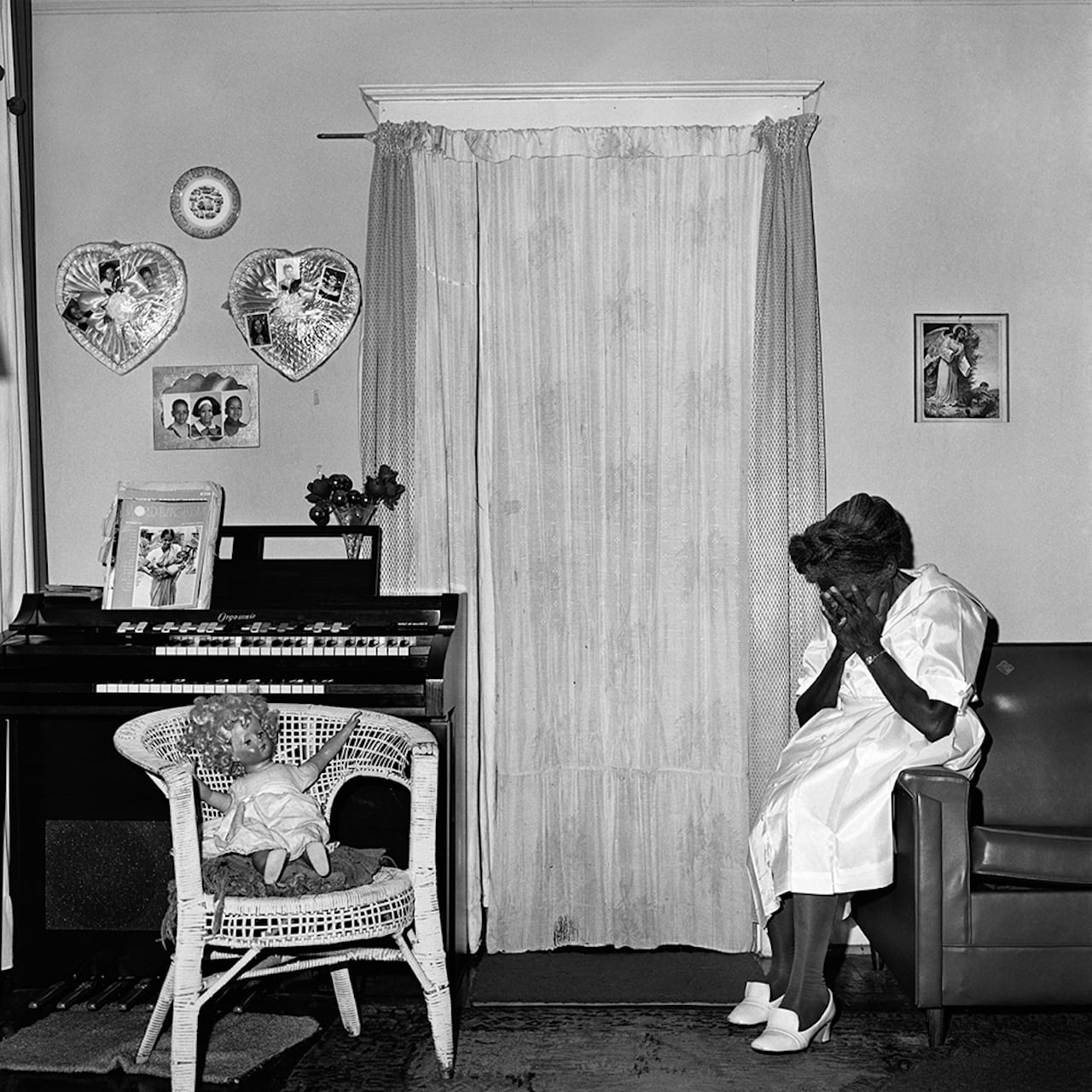
Between 1930 and 1964, Liberty Theater was the name of a non-whites only cinema owned by Rosalind Fox Solomon’s family in Chattanooga, Tennessee. “There was an irony in the name. I chose Liberty Theater as the title of this book because of its multiple meanings,” she says. “In a broader context, the title relates to performance and pretence in the theatre of life.”
The photographs Liberty Theater collects together were taken through the 1970s to 90s in the southern United States, and have never before been published as a group. From Georgia to South California, through Mississippi, Tennessee and Louisiana, Solomon captured the complexity of race, class, and gender divisions.
“I had no idea that photography would change my life,” says Solomon, who began photographing when she was 48, after graduating from college, getting married and raising two children. In 1977 she moved to Washington DC, where her husband worked for the General Services Administration, and visited New York City to study privately with Lisette Model.
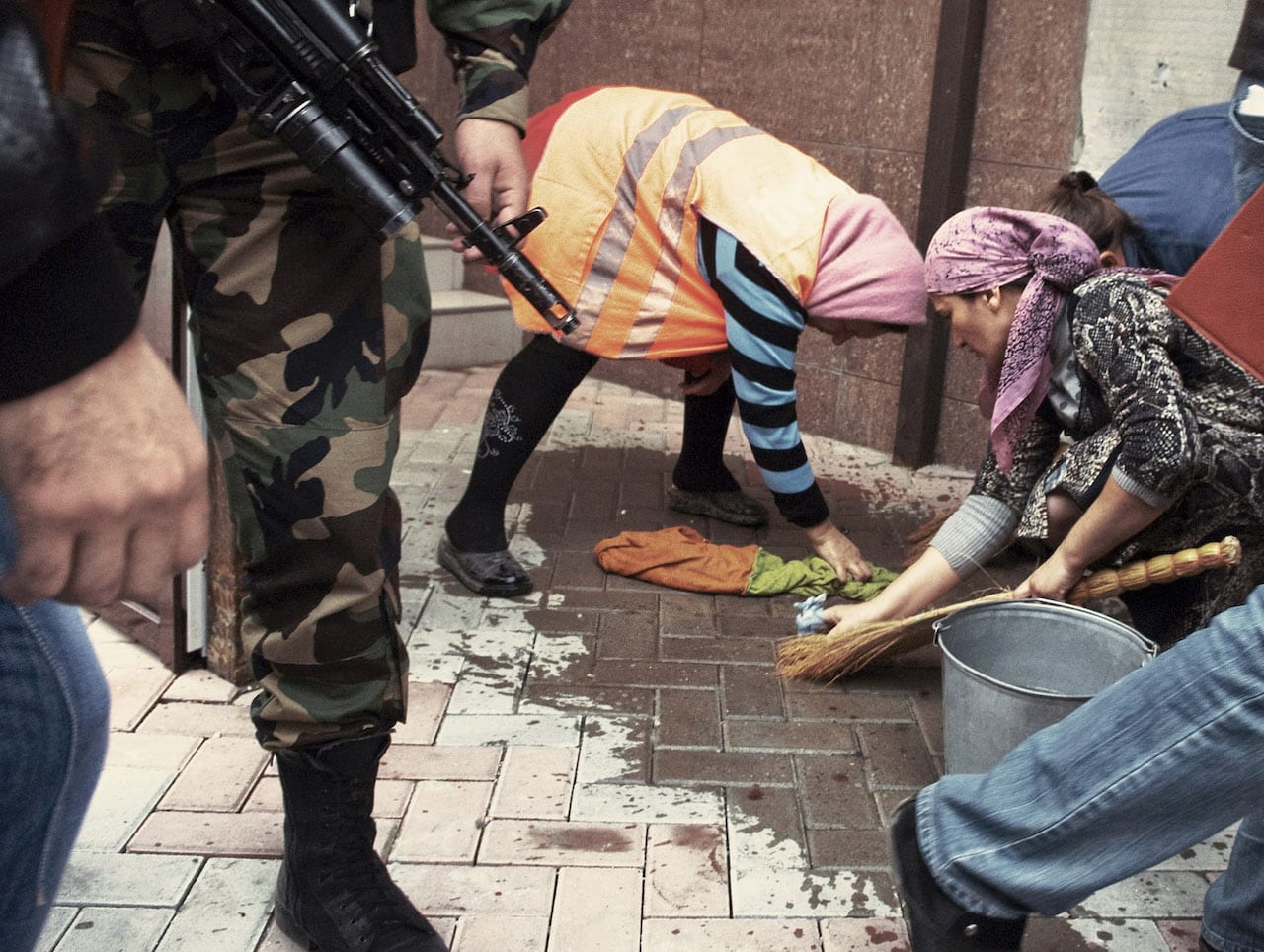
Les Rencontres d’Arles is the most prestigious photo festival in the world – that’s beyond question. But according to a high-profile group of photographers, curators, and writers, there’s still more that it could do. They’ve got together to sign a public letter to festival director Sam Stourdzé, which urges him to include more exhibitions by women in the main programme at Arles, and which was published in the French newspaper Libération on 03 September.
The letter is signed by influential industry figures such as Iwona Blazwick, director of the Whitechapel Gallery; Victor Burgin, Professor Emeritus of History of Consciousness, University of California, Santa Cruz, and Emeritus Millard Chair of Fine Art at Goldsmiths College, University of London; collectors Claire and James Hyman; and Olivier Richon, Professor of Photography, Royal College of Art, London, as well as photographers and artists such as Clare Strand, Sunil Gupta, and Anna Fox.
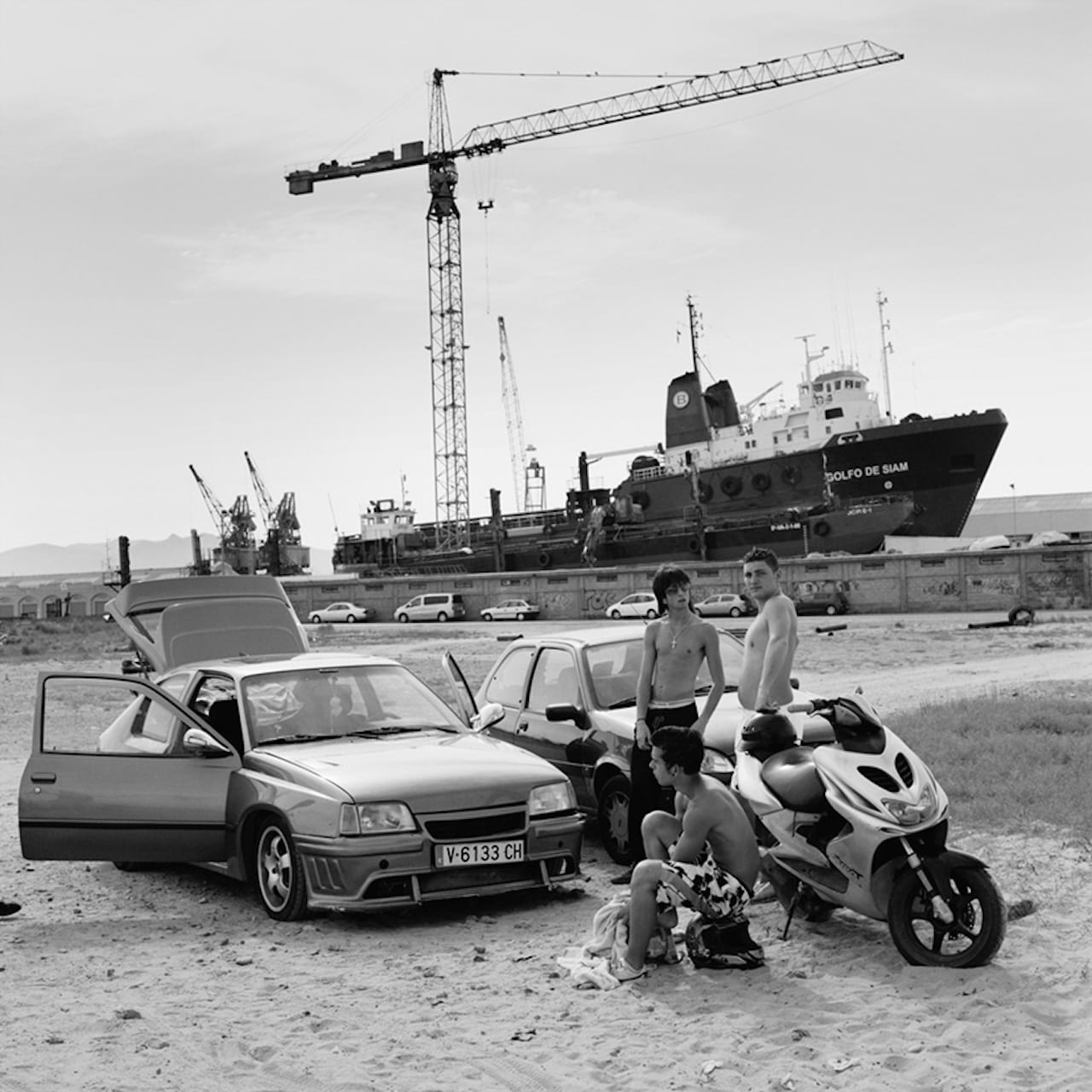
Born in Barcelona in 1971, Txema Salvans is still based in the Catalan capital, and specialises in making documentary work about Spain and the Spanish people. He is best known for his book The Waiting Game [2013], which showed lone women, presumably prostitutes, waiting by the sides of roads along the Mediterranean coast. Salvans spent six years shooting this project, and recently published The Waiting Game II [2018], a series showing fisherman on the Mediterranean coast, waiting for the fish to bite. In 2010 he published Nice to Meet You, also shot along the Mediterranean, a book of ‘family photos’ in which some of those shown weren’t family.
His new book, My Kingdom, recently published by Mack Books, originally grew out of Nice to Meet You, and shows Spanish people and families relaxing on the Mediterranean coast. Its title is taken from a speech by King Juan Carlos I, however, who ruled Spain from 22 November 1975 – 19 June 2014, and extracts from his speeches run throughout the book. It is, says Salvans, a book about power rather than about Spain, the Spanish, or King Juan Carlos I. BJP caught up with him to find out more.
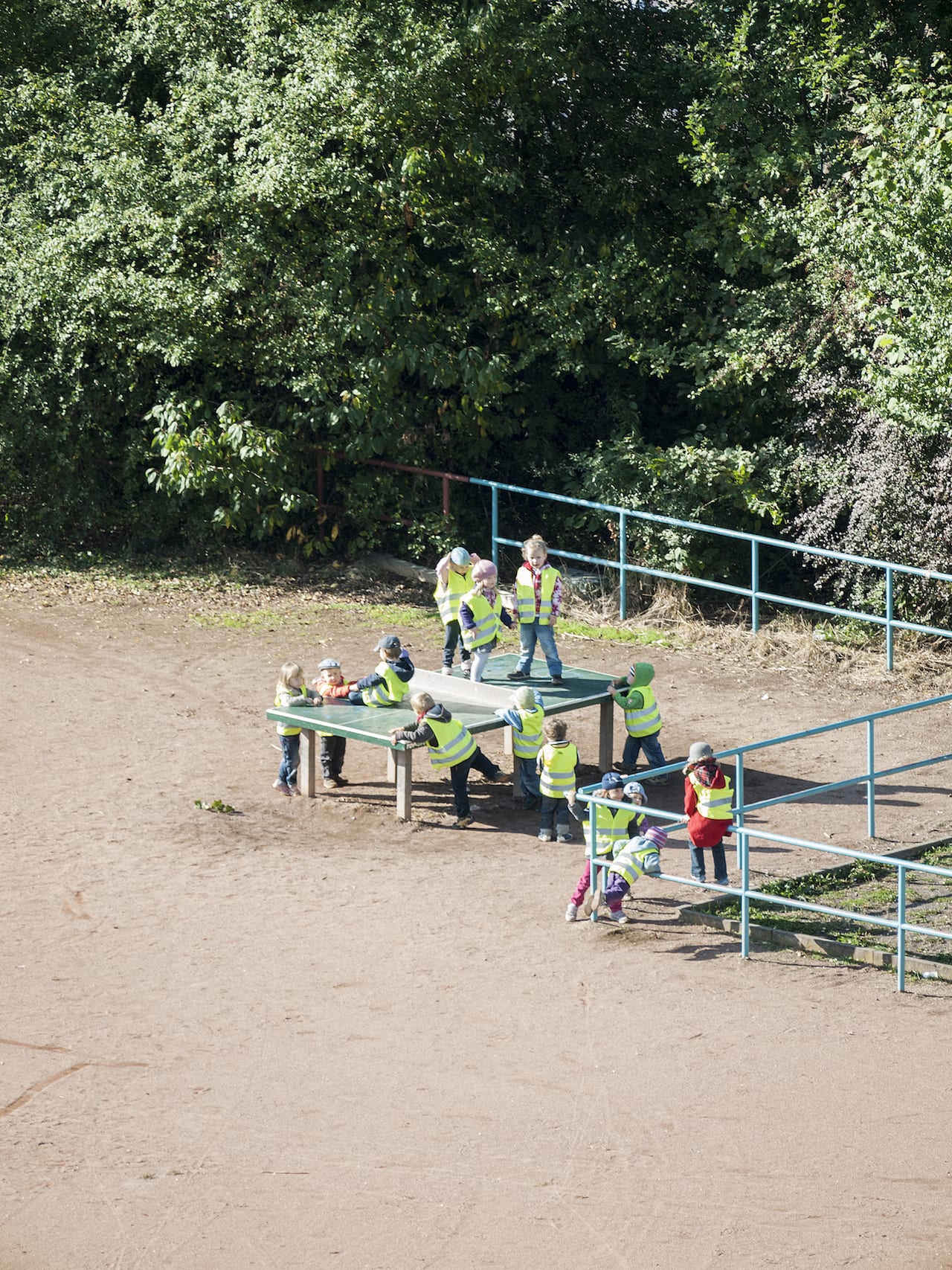
It’s a prestigious prize, which earns the winner an exhibition at Photo London plus a photobook published by the well-regraded specialist MACK Books. This year it’s gone to Hayahisa Tomiyasu for his book dummy TTP. Shot from the window of his eighth-floor student flat in Leipzig, Germany, TTP shows a park with a ping pong table, shot at various times of day and in various seasons, and showing different protagonists each time. The table is used as a tischtennisplatte (table tennis table, as a sun lounger, as a climbing frame, as a skate obstacle, and as much more, and, states MACK Books “thanks to Tomiyasu’s sustained curiosity, we observe the habits, humour, and idiosyncrasies of human behaviour”.
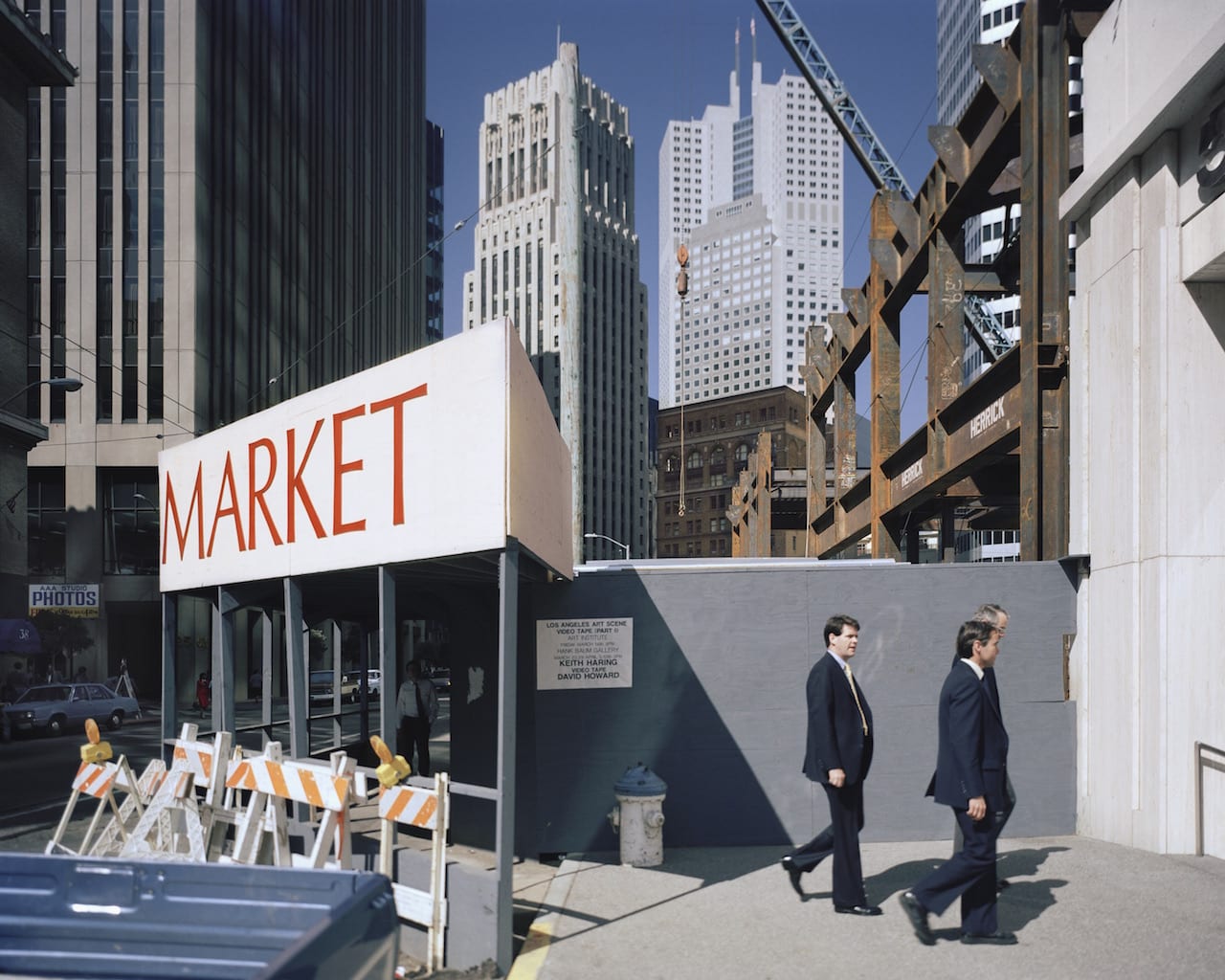
She stands on a San Francisco rooftop looking out over the South of Market neighbourhood – the area that was the subject and title of her sumptuous 2013 book, published by MACK Books, which led to her solo show at the city’s prestigious De Young Museum. Thousands have now seen the series, but Janet Delaney shot it in the early 1980s, just as the district was being primed for redevelopment and gentrification. Now middle-aged, as a young woman Delaney was fiercely committed to the idea that photography could and should change the world. Thinking of herself as a “cultural worker”, she hoped her project would advocate for the working class people and businesses who had helped make the area so vibrant, and help stop them from being displaced.
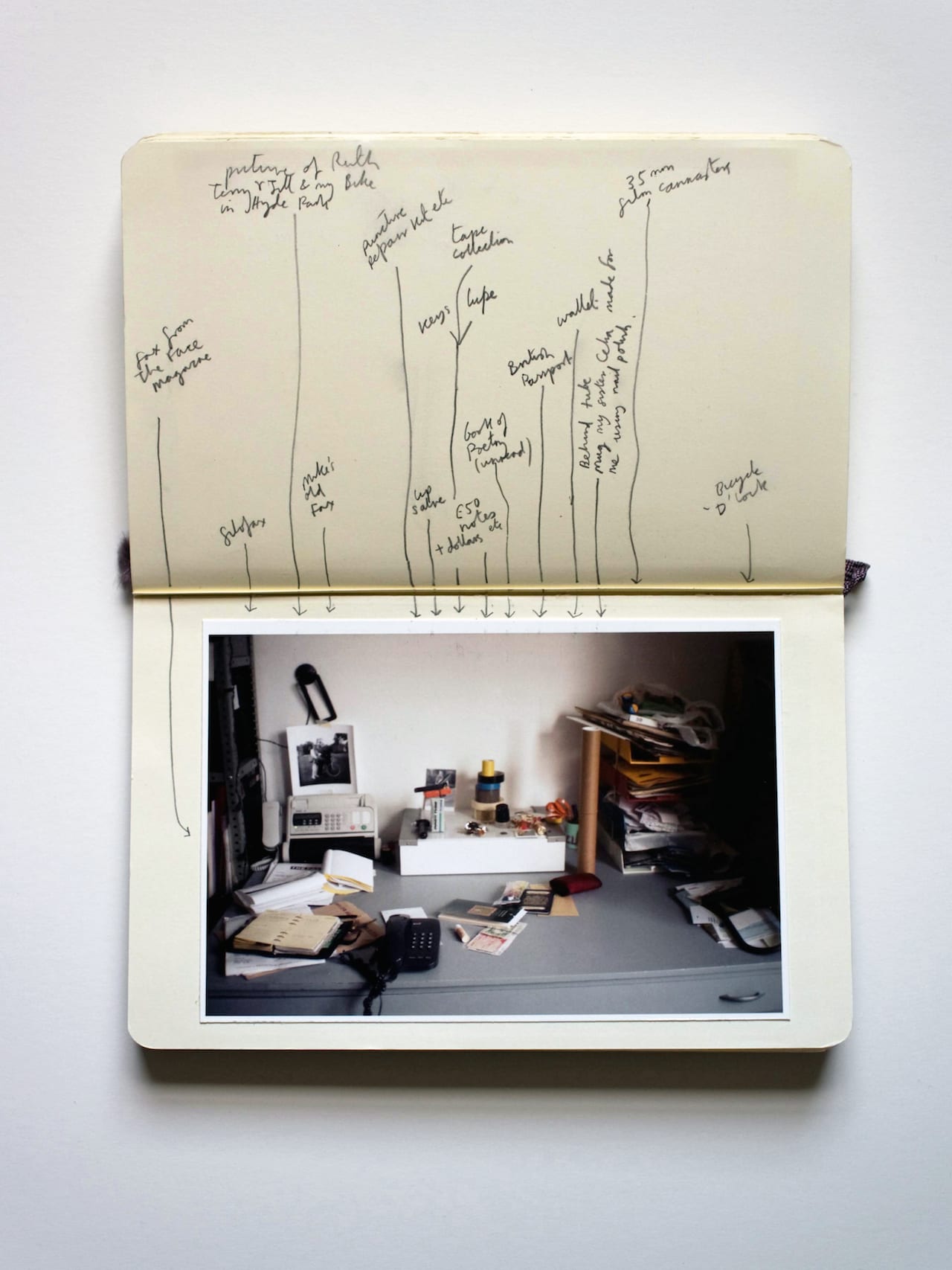
Nigel Shafran first came to fame in 1990 with a series of images published by i-D; showing teenage shoppers in a down-at-heel precinct in Ilford, it was the antithesis of a high-end fashion shoot. His first venture into publishing, Ruthbook, had a similarly pared-down approach; showing his girlfriend shot mostly at home, in her dressing gown, say, or blowing her nose, alongside details such as crumbs on a kitchen work surface, a pot on the stove, or a hair stuck on a bar of soap. Shafran hand-wrote the title, in pencil, on all 600 copies. Now he’s found a new twist on this everyday approach, putting his work books on show. Dating from 1984 right up to 2018 they’re a creative insight into his working process and life, and a typically understated collection – though it’s the inaugural exhibition at Sion and Moore, the gallery run by Claire de Rouen’s Lucy Moore in the space that used to house Wolfgang Tillmans’ studio.
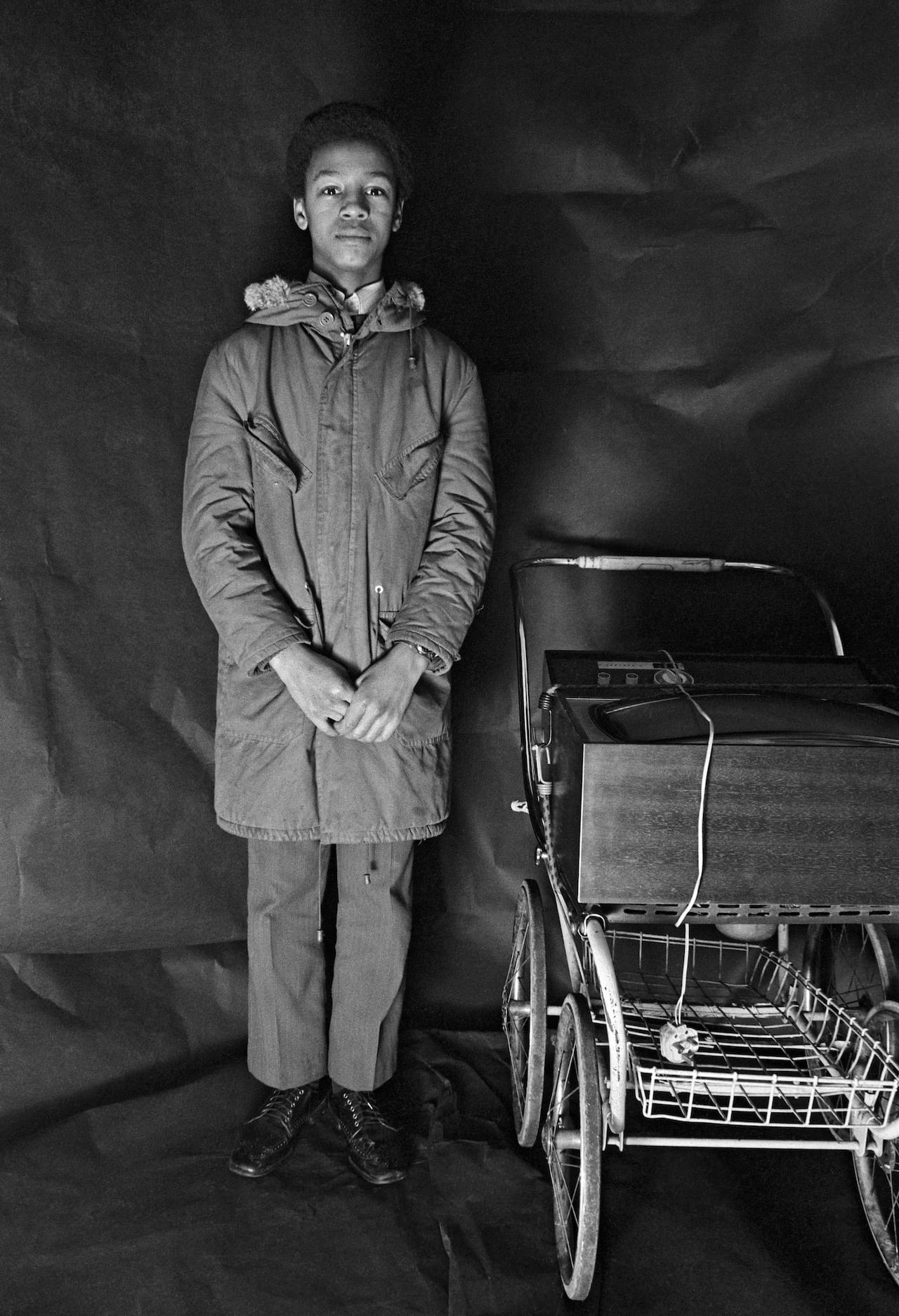
In 1972, while studying photography at Manchester Polytechnic, Daniel Meadows took over a disused shop in Moss Side’s Graeme Street and turned it into a ‘free photography studio’. Shooting people for nothing, and sending them their portraits or putting the prints in the shop window, Meadows was able to keep going for eight weeks before he ran out of money. Troubled by the fact that those whose images were in the shop window could no longer see the photographs, he laid out the remaining prints on wooden boards and nailed them to trees in the local park. He later realised this had been his first exhibition.